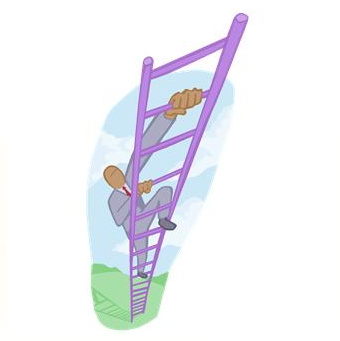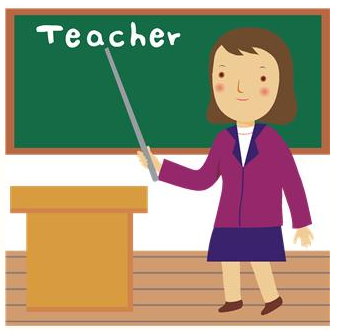eDiscovery Case Law: Court Grants Plaintiff’s Motion to Compel Mirror-Imaging of Defendant’s Computers

In approving a motion for expedited discovery in United Factory Furniture Corp. v. Alterwitz, No. 2:12-cv-00059-KJD-VCF, (D. Nev. Apr. 6, 2012), Magistrate Judge Cam Ferenbach granted the plaintiff’s motion for a mirror-imaging order after determining the benefit outweighed the burden of the discovery, and it denied as unnecessary the plaintiff’s motion for an order to preserve evidence and a preliminary injunction from spoliation of evidence.
The plaintiff filed this motion after discovering that the defendants appeared to be tampering with the plaintiff’s computers. One of the defendants previously had been an employee of the company where he was responsible for the plaintiff company’s computer server and network services. The plaintiff alleged that he had created a “back door” to the company server that allowed him to access and alter confidential company information, such as business plans and financial, customer, and trade secret information. The other defendant, also the plaintiff’s former employee, appeared to have in her possession confidential information, as she stated she knew what the plaintiff company was writing in e-mails about her and she had—in a prior lawsuit—produced company e-mails that were neither to nor from her.
Judge Ferenbach considered the plaintiff’s motion for expedited discovery under the applicable rule that although pursuant to the Federal Rule of Civil Procedure 26(d), generally a party may not seek discovery from any source before the parties have held a Rule 26(f) conference, a court may permit expedited discovery upon a showing of good cause. Judge Ferenbach found good cause here “based on plaintiff’s allegations that defendants have access to plaintiff’s computer server, defendants have been deleting files and relevant evidence, and that evidence of their conduct, which is central to the litigation, will be erased through normal use of defendants’ computer . . . .”
In reviewing the plaintiff’s request that the court enter a mirror-imaging order, Judge Ferenbach pointed out that all information stored on a computer is discoverable, except where the request for production imposes an undue burden and expense and/or constitutes an invasion of privileged or private matter. Judge Ferenbach found no such undue burden or invasion would occur by applying and analyzing the facts against a five-pronged test:
(1) “The needs of the case” prong was met because information on the defendants’ computers was directly relevant and had to remain unaltered for the case to be litigated fairly.
(2) “The amount in controversy” prong was satisfied because the plaintiff had alleged it had suffered at least $75,000 in damages.
(3) “The importance of the issues at stake” prong was satisfied because the plaintiff had alleged the case involved the defendants’ accessing information involving business strategy, confidential customer information, and trade secrets, and the court acknowledged it had a responsibility to protect against the dissemination and misuse of such information.
(4) “The potential for finding relevant material” prong was met because the contents of the defendants’ computers were at the center of the case.
(5) “The importance of the proposed discovery in resolving the issues” prong was met because the documents and information at issue could not be produced another way.
Furthermore, the court noted, ordering mirror imaging would not result in undue expense to the defendants as the plaintiffs were paying the costs. The court additionally took measures to protect the defendants’ privacy and privilege interests by structuring the order so that a neutral computer expert would perform the mirror imaging, the expert would serve as an officer of the court, and the mirror image would be held in a sealed envelope in the clerk of court’s office until the conclusion of litigation, unless the plaintiff had reason to believe spoliation of evidence had occurred. At that time, the plaintiff could move the court for access to the mirror image.
Judge Ferenbach declined to enter a preservation order or issue a temporary injunction. He found a preservation order unnecessary because a duty existed to preserve evidence because “litigants owe an ‘uncompromising duty to preserve’ what they know or reasonably should know will be relevant evidence in a pending lawsuit,” and the complaint against the defendants and the information contained on the defendants’ computers was directly relevant to the suit against them. Judge Ferenbach found the preliminary injunction unnecessary because it ordered mirror imaging.
So, what do you think? Were the mirror-images warranted? Please share any comments you might have or if you’d like to know more about a particular topic.
Case Summary Source: Applied Discovery (free subscription required).
Disclaimer: The views represented herein are exclusively the views of the author, and do not necessarily represent the views held by CloudNine Discovery. eDiscoveryDaily is made available by CloudNine Discovery solely for educational purposes to provide general information about general eDiscovery principles and not to provide specific legal advice applicable to any particular circumstance. eDiscoveryDaily should not be used as a substitute for competent legal advice from a lawyer you have retained and who has agreed to represent you.




